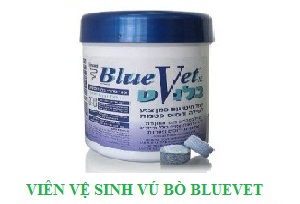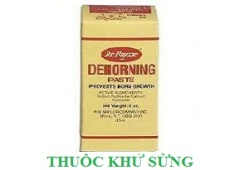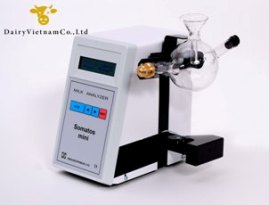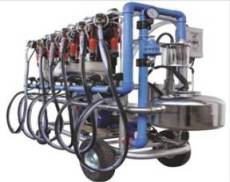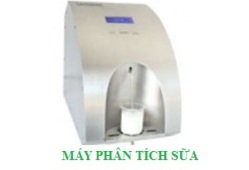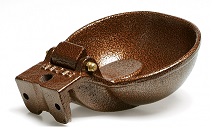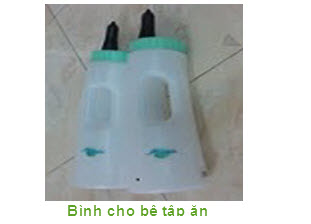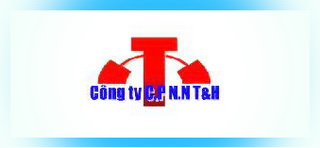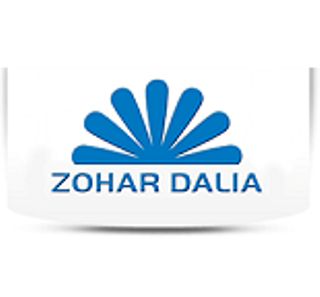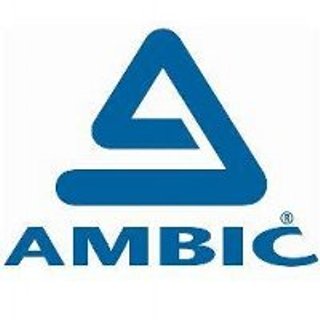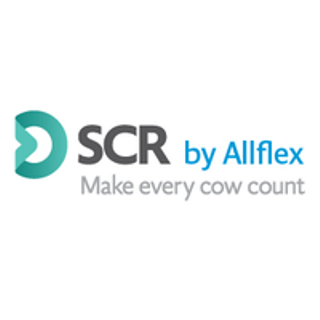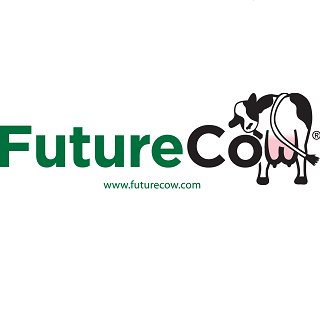Các tiêu chuẩn đánh giá bê và bò sữa
Mối quan hệ trong quá trình vắt sữa và ảnh hưởng của sản lượng sữa và trọng lượng bê đạt được
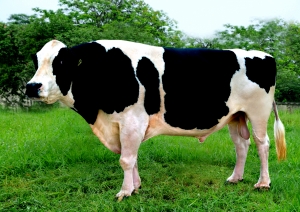
Introduction
The main objective of dairy cow domestication was to obtain milk for human consumption, and it implied substituting calf suckling by hand or machine milking. The latter stimulus is enough in European dairy cows to allow efficient milking, perhaps as a consequence of a long process of selection against those cows that required the stimulus of the calves. But in Zebu x European crossbred animals, let down does not occur in variable proportions of cows without calf stimulation. Alvarez et al (1980) observed that half of a herd of 33 first parity Brown Swiss and Holstein cross with Zebu cows milked without the calves had short lactations of less than 100 days and very low milk yields.
In order to milk crossbred animals more efficiently a mixed system has been developed, in which a short period of suckling is allowed, followed by hand or machine milking and culminating in calves suckling of the remaining milk. This system has a series of advantages over milking without calves, such as higher milk yields, lower mastitis incidence and higher calf live weight gains (Ryle and Ørskov 1990; Preston et al 1995; Sandoval-Castro et al 1995).
However, an important limitation is the complicated management during milking, which implies appropriate installations for machine milking, high labour requirements, difficulties in handling large calves and health problems in the milking parlour. This paper present the results of a series of studies carried out to evaluate the cow-calf relationship during milking and its effect on milk fractions, their fat content and calf live weight gain. All the experiments where carried out at the Faculty of Agronomy in Maracay in a dual purpose herd composed of ⅝ to ¾ Holstein x Brahman cows. All animals were machine milked twice daily, beginning at 0630 and 1530 h. Restricted suckling was carried out during nearly 30 minutes after the morning milking, and weaning was at 17 weeks of age or 90 kg of live weight.
Milking without calf stimulation
An option which permits suckling without the mentioned inconveniences is to milk the cow without calf stimulation and allow restricted suckling after milking. This procedure is used in very few dual purpose farms. In Table 1 results obtained with this strategy (W) are compared with two others where suckling was allowed before milking until let down occurred either at the morning milking only (AM) or at both morning and afternoon milkings (AM+PM). Saleable milk yield obtained without the calf was 1 to 2 kg/day lower than in cows stimulated by the calf, and fat content was also lower. The lower saleable milk yield on treatment W was only partly compensated by a slight increase in live weight gain of calves, because there was a trend for animals consuming less milk to increase consumption of solid feed. The low saleable milk fat content of cows not suckled before milking is of practical importance, because it is penalised by the industry. Other milk constituents, such as protein, were not analysed, but other studies have shown that this fraction does not vary between saleable and consumed milk (Sandoval-Castro et al 1995). There is a gradient in milk fat content that varies from less than 1 % in milk initially stored in the cistern to 10 % in residual milk in the alveoli, and fat content of saleable milk is positively related to its proportion of total milk. These results should not be extrapolated to animals with a larger proportion of Zebu, where possibly the saleable milk in cows milked without the calf is lower.
Calf presence with or without suckling before milking
Suckling before milking has a series of inconveniences already mentioned, but as was shown before, its absence decreases saleable milk yield and fat content. An option to facilitate management is to tie the calf beside its dam, without allowing contact with the udder. To evaluate this strategy four treatments were evaluated:
(W) Without the calf at milking
(P) Presence of the calf during milking
(S) Suckling before milking
(SP) Suckling before milking and permanence during milking



